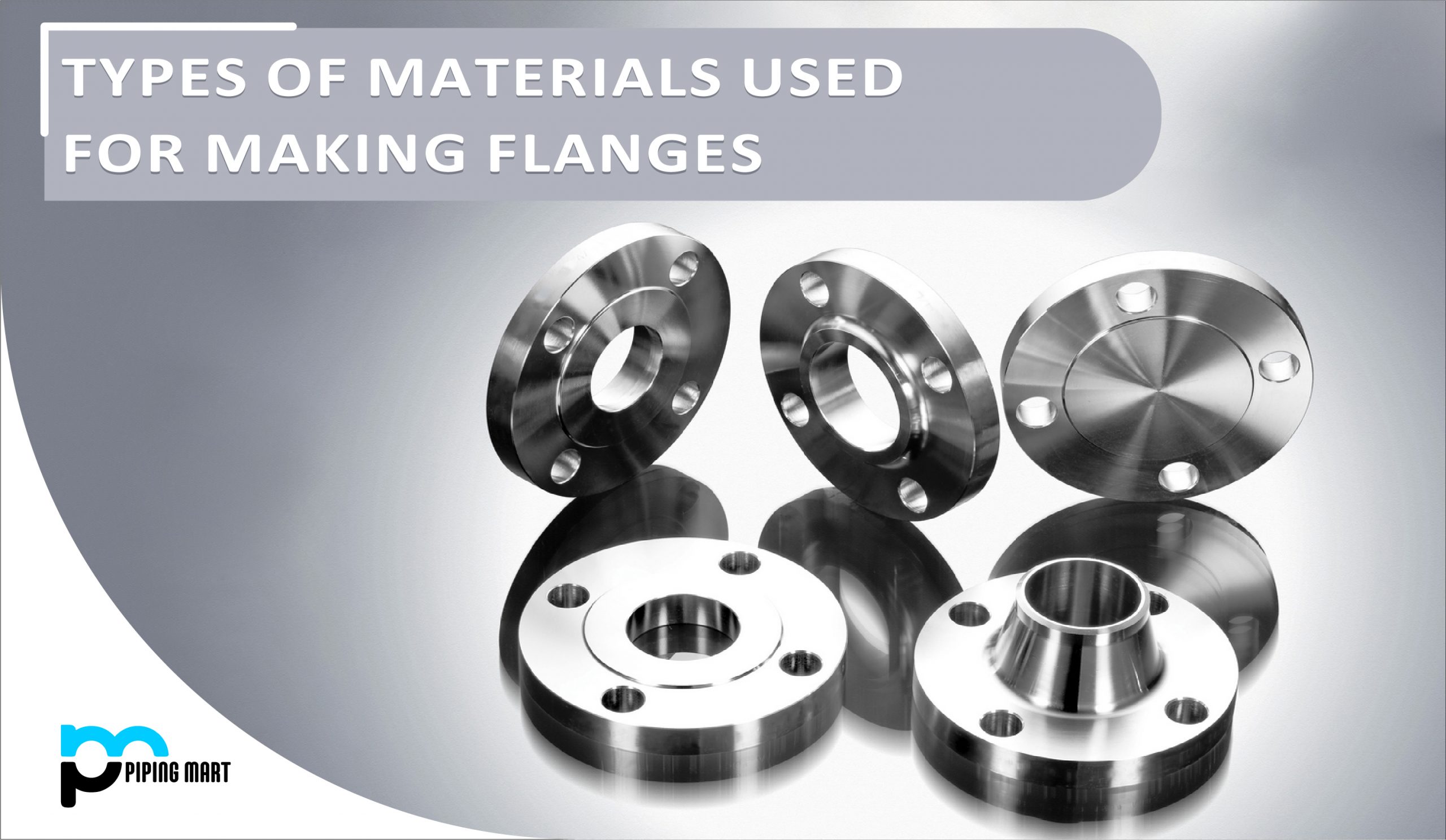In any plumbing or HVAC system, valves play a crucial role in controlling the flow of fluids. Valves help ensure operational efficiency, accurate flow control, and emergency shut-off, making them a vital system component. However, choosing the correct valve can be daunting, especially for those new to the industry. Two popular types of valves used in the industry are shut-off and butterfly valves. This article examines these valves, exploring their fundamental differences and where they are most commonly used.
What is Shut-Off Valve?
Shut-off valves, also known as isolation valves, are commonly used where complete shut-off of a fluid flow is required. These valves typically have a round knob or lever attached to their top, which is used to open and close the valve. Shut-off valves work by creating an airtight seal in the closed position, effectively stopping fluid flow. Shut-off valves are commonly used in plumbing systems, mainly residential and commercial water supply systems.
What is Butterfly Valve?
Butterfly valves are majorly used for regulating fluid flow. These valves consist of a circular disc that pivots around an axis, acting as an on/off mechanism. When the disc is turned 90 degrees, it either blocks fluid flow or allows it to pass through. Butterfly valves are used in numerous industries, including chemical, petroleum, food processing, and HVAC systems.
Differences Between Shut-Off Valve and Butterfly Valve
Size
Shut-off valves are generally smaller than butterfly valves, making them suitable for residential and small commercial applications. In contrast, butterfly valves suit more significant flows and industrial-scale systems.
Operating Mechanism
Shut-off valves generally operate manually, while butterfly valves have remote-control operating mechanisms.
Cost
Butterfly valves are more expensive than shut-off valves due to their construction and operating mechanism.
Where they are used
Shut-off valves are mainly used in fluid supply systems that require complete shut-off functionality. Examples of such include residential and commercial water supply systems. On the other hand, butterfly valves are commonly used in petrochemical, wastewater treatment, food-processing industries, and HVAC systems.
Other Differences
- A shut-off valve is a type of valve that stops fluid flow in a piping system.
- A butterfly valve is a type of valve used to regulate fluid flow in a piping system.
- Shut-off valves are typically used in situations where the flow of fluid needs to be stopped completely, such as when maintenance is being performed on a piping system.
- Butterfly valves are typically used in situations where the flow of fluid needs to be regulated, such as when controlling the flow of water to a sprinkler system.
- Shut-off valves are usually installed at the end of a piping system, while butterfly valves are typically installed in the middle.
- Shut-off valves are operated by turning a handle or lever, while butterfly valves are used by turning a knob or wheel.
- Shut-off valves are available in manual and automatic versions, while butterfly valves are only in manual versions.
- Shut-off valves are typically more expensive than butterfly valves.
Conclusion
Choosing the correct valve for a specific application can be challenging, especially for those new to the industry. By understanding the differences between shut-off and butterfly valves, it is possible to select the most appropriate type of valve to ensure operational efficiency. Shut-off valves are best suited for residential and commercial supply systems that require complete shut-off functionality. On the other hand, Butterfly valves are ideal for large-scale industrial systems that require fluid flow adjustment and regulation. A thorough understanding of the two valves’ differences will help you make a wiser decision when choosing a valve for your plumbing or HVAC system.




